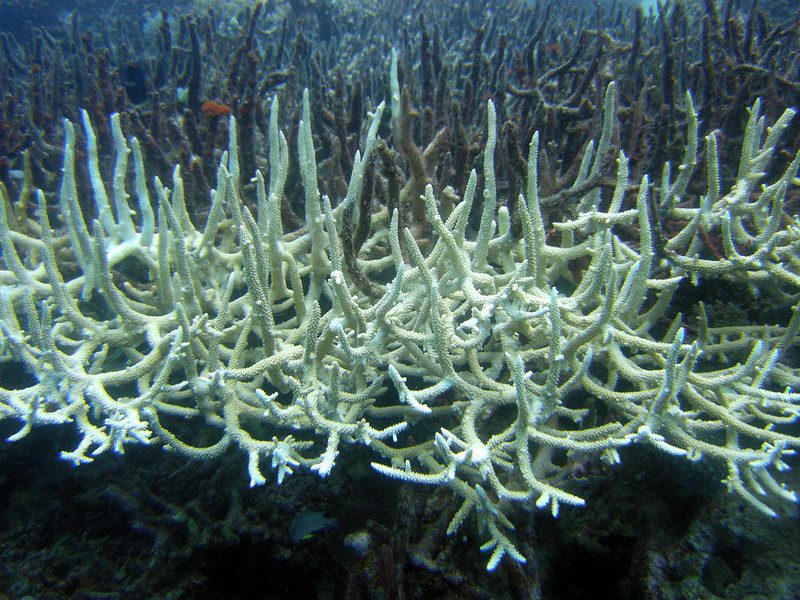In the annals of environmental challenges, success stories can be hard to come by. However, the story of acid rain is one of those rare examples of positive change that can provide a framework for tackling both current and future challenges.
What is Acid Rain?
Acid rain is precipitation – like rain, snow, or fog – that becomes unusually acidic due to elevated levels of certain pollutants in the atmosphere. When combined with water vapor, these pollutants create acidic compounds that decrease the pH of rainwater. Typical rain’s pH is around 5.6, while acid rain has a lower pH, often falling below 4.5. This increased acidity can have far-reaching detrimental effects on the environment.
Acid Rain in America: Causes and Consequences
 The history of acid rain in the United States traces back to the mid-20th century when industrialization was at its peak. As factories and power plants proliferated, they emitted substantial amounts of sulfur dioxide (SO2) and nitrogen oxides (NOx) into the atmosphere. What causes acid rain is compounds like sulfur dioxide and nitrogen oxides interacting with water vapor and other atmospheric components to form sulfuric acid and nitric acid. These acids then mix with precipitation, resulting in rain, snow, or fog with heightened acidity.
The history of acid rain in the United States traces back to the mid-20th century when industrialization was at its peak. As factories and power plants proliferated, they emitted substantial amounts of sulfur dioxide (SO2) and nitrogen oxides (NOx) into the atmosphere. What causes acid rain is compounds like sulfur dioxide and nitrogen oxides interacting with water vapor and other atmospheric components to form sulfuric acid and nitric acid. These acids then mix with precipitation, resulting in rain, snow, or fog with heightened acidity.
The consequences of acid precipitation quickly became apparent. By the time of the Reagan administration, environmental activists were pressuring Reagan to take action on acid rain. Aquatic ecosystems bore the brunt, as lakes and rivers turned acidic. Fish gills have a harder time extracting oxygen from unusually acidic water. Additionally, aquatic organisms shifted geographically in search of a habitat with a more tolerable pH, disrupting the distribution of entire ecosystems. Forests, too, suffered as acid rain leached vital nutrients from the soil, weakening trees and rendering them susceptible to diseases.
However, it wasn’t until 1990 that legislation was implemented to handle the consequences of acid precipitation.
Global Cooperation: A Success Story
Amid growing environmental concerns, nations across the globe joined forces to address the looming specter of acid precipitation. Notably, the United States implemented the Acid Rain Program (ARP), which was established in the 1990 amendment to the Clean Air Act. This groundbreaking legislation aimed to curtail the emissions of SO2 and NOx by introducing a cap-and-trade system. The ARP’s success paved the way for international cooperation. The Gothenburg Protocol, adopted by the European Union in 1999, targeted sulfur dioxide, nitrogen oxides, ammonia, and volatile organic compounds. This global effort was crucial as the air pollutants that cause acid rain are transboundary, meaning they are easily transported across very long distances throughout the atmosphere.
Thankfully, the global effort to mitigate acid precipitation was largely successful. The implementation of regulations led to a substantial reduction in sulfur dioxide and nitrogen oxide emissions. Power plants adopted cleaner technologies, and industries implemented measures to minimize pollutant releases. Today, SO2 and NOx levels have been cut in half from 1980 levels. Another indicator of the success of the ARP can be observed in improvements in water and soil quality. With reduced acid rain, the acidity of lakes and rivers decreased, leading to greater biodiversity and other improvements in aquatic ecosystems. Soil quality in areas previously impacted by acid rain exhibited signs of recovery, as reduced acid deposition fostered nutrient replenishment and improved overall soil health.
Ocean Acidification: The Next Challenge
While SO2 and NOx emissions have been greatly reduced, there is another compound that is alarmingly abundant in the atmosphere that can also cause acidification: carbon dioxide. As atmospheric carbon dioxide levels rise, a parallel phenomenon unfolds beneath the waves—ocean acidification. The oceans, acting as a colossal carbon sink, absorb a significant portion of human-emitted CO2. However, this absorption comes at a cost.
As carbon dioxide dissolves in seawater, it forms carbonic acid, lowering the ocean’s pH. This shift in acidity disrupts marine ecosystems, threatening the very foundation of life in the ocean.
How Does Ocean Acidification Affect Coral Reefs?
Coral reefs have an exoskeleton made up of a compound called calcium bicarbonate, which has a basic pH of about 8.5. Corals are highly sensitive to environmental changes. Decreases in the pH of a coral reef’s environment can cause a deadly phenomenon known as coral bleaching, in which corals lose their color and expel the algae that creates vital nutrients for the corals.

If the ocean continues to acidify at this rate, it will destroy the overwhelming majority of the world’s coral reefs. Shell-forming organisms, from mollusks to microscopic plankton, will find it increasingly challenging to build and maintain their protective structures. This daunting possibility is one of several climate tipping points that scientists warn are crucial to prevent in our fight against the climate crisis. If coral bleaching becomes too widespread, recovering the world’s reefs might be too difficult for marine biologists. This would spell disaster for the biodiversity and overall health of ocean habitats.
The good news is that we’ve tackled a similar problem before in ameliorating acid precipitation. The regulatory measures that helped us reduce SO2 and NOx emissions can serve as a blueprint for tackling CO2 emissions.
Nurturing a Brighter Tomorrow
Mitigating the climate crisis can feel overwhelming, but there is room for optimism. The success of regulatory measures like the ARP underscores humanity’s capacity for positive change. Renewable energy sources, technological innovations, and sustainable practices offer pathways to mitigate the impacts of ocean acidification. As stewards of our environment, contacting our local, state, and national representatives to enact comprehensive legislation is one of the most impactful ways we can affect positive change. Through persistent advocacy, we can catalyze the systemic change necessary to address the complexities of acid rain, climate change, and ocean acidification to foster a more sustainable and resilient planet.
Image credits: Statue streaked by acid rain (Super Goth by Jonathan Ehrich is licensed under CC BY-NC-SA 2.0 DEED); Coral (Bleached Staghorn Coral by Matt Kieffer is licensed under CC BY-SA 2.0 DEED)




